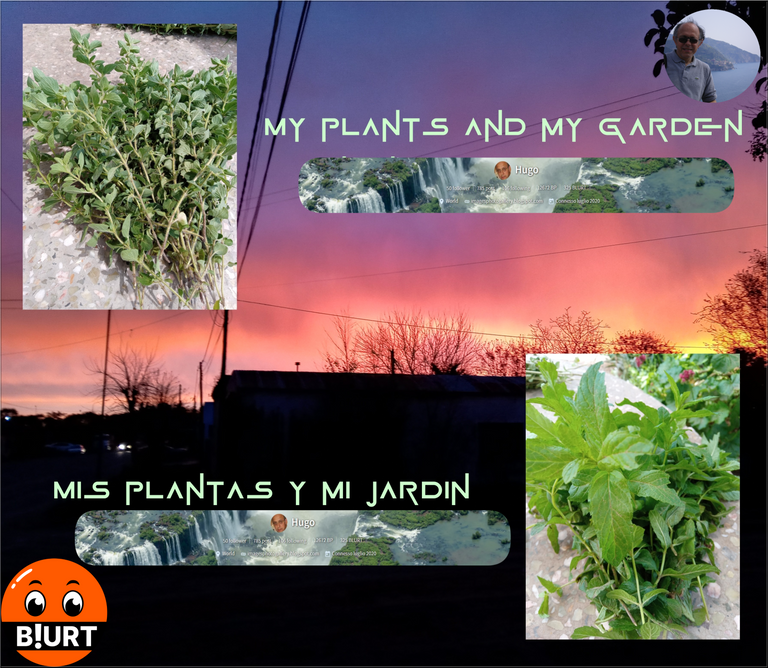
During 2024 I made some trips abroad, which I talked about in another community, but I also had enough free time to enjoy my garden and my vegetable garden, to which I devote all my attention when I am at home.
I have several medicinal plants in my garden-garden and today I am going to talk about two of them that have very widespread family, gastronomic and medicinal uses: oregano and mint.

Durante el 2024 realicé algunos viajes al exterior de los cuáles hablé en otra comunidad pero también me quedó el tiempo libre necesario para disfrutar de mi jardín y mi huerta, a los cuáles les dedico toda mi atención cuando estoy en casa.
Tengo varias plantas de uso medicinal en mi huerta-jardín y hoy les voy a hablar de dos de ellas que tienen usos muy difundidos a nivel familiar, gastronómico y medicinal: el orégano y la menta.
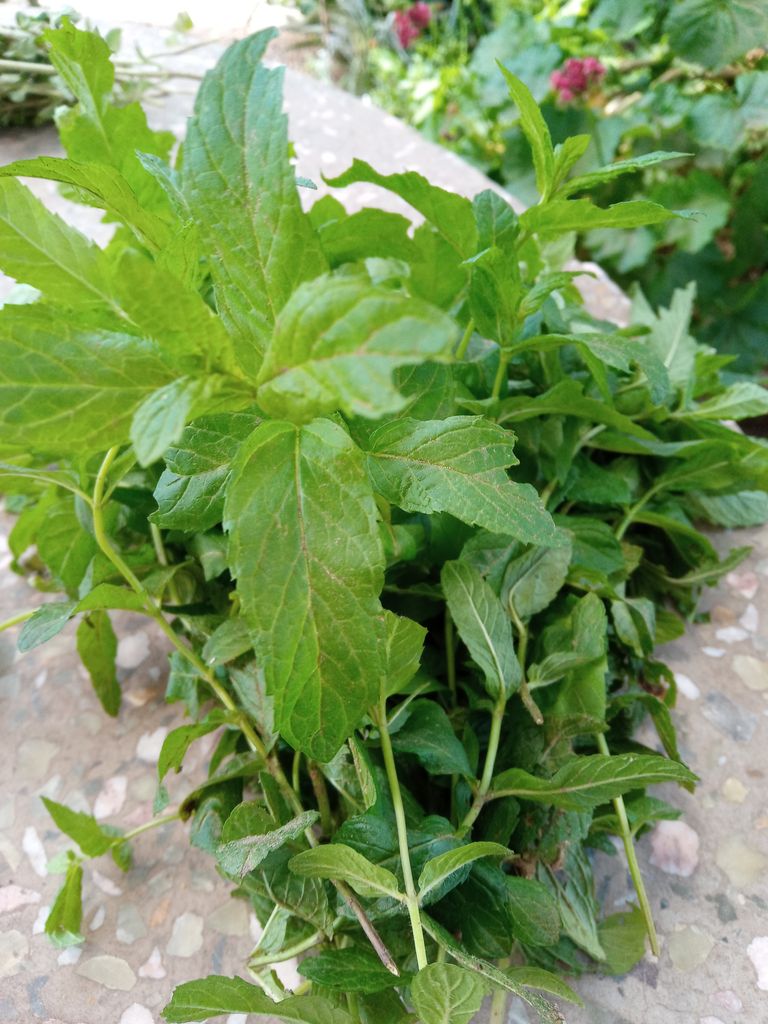 | 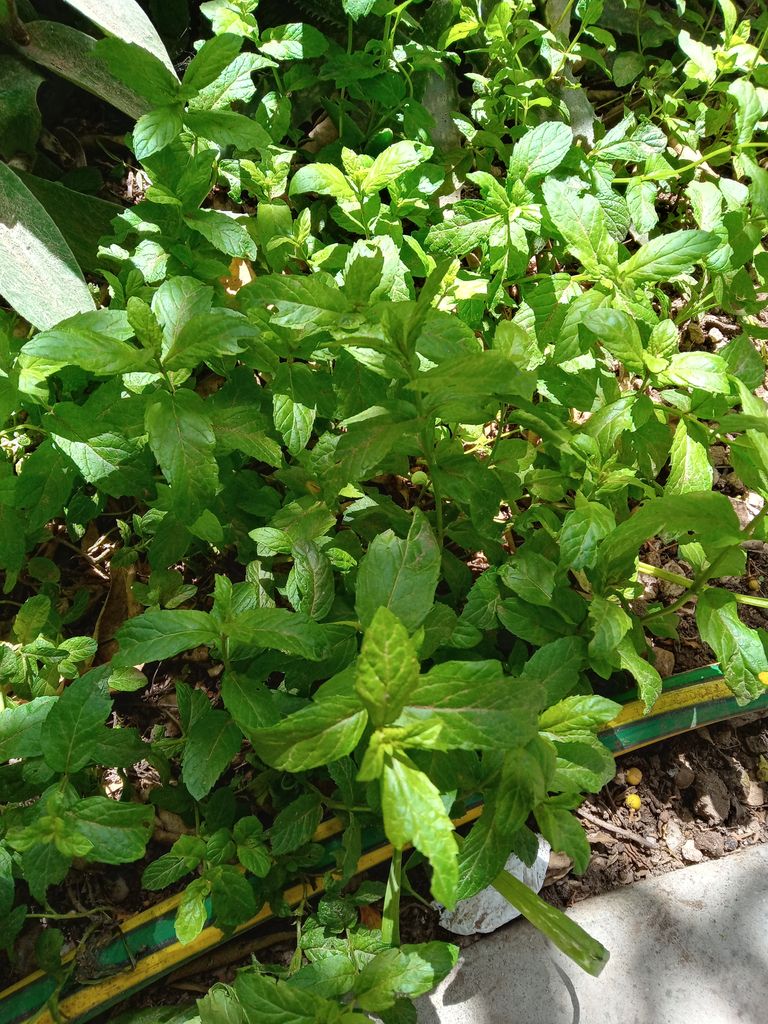 |
|---|
The oregano / El orégano.
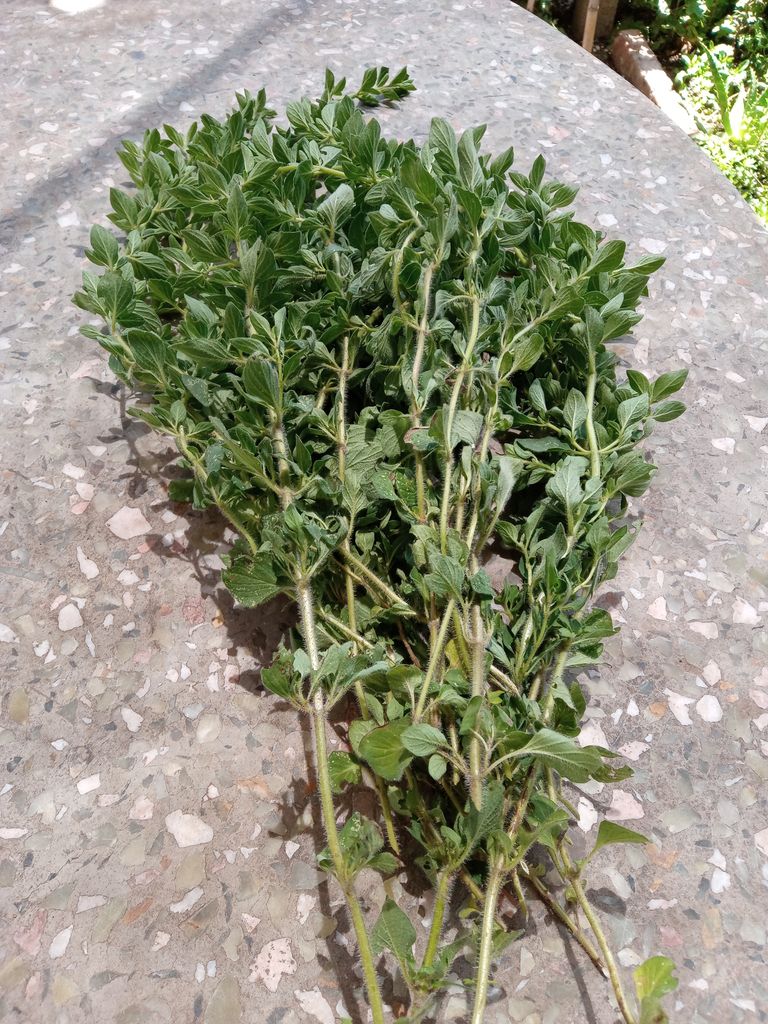
Oregano is a very noble plant, not only because of its ability to grow and thrive, but also because it can withstand extreme temperatures without too many problems.
Moreover, it grows without difficulty in earthen beds, pots or any other container.
The only condition, or rather the most favourable for its development, is that it does not receive the full sun of midday, those forty degrees in the summer that wither the leaves of any small plant.
The ideal is a place between shade and light at midday. Sun in the early morning is a good thing, as is sun in the late afternoon.
A minimum of ventilation, i.e. air flow, is good for the plant. Although its leaves suffer from the midday heat, they recover easily in the cool night air.
It is such a noble plant that it lasts several years because the best way to stimulate its development is to prune it little by little.
It is the classic job our grandmothers used to do when they needed a twig for food or to prepare a herbal tea or infusion, they would go and cut it off the plant delicately with a pair of scissors so as not to ruin the rest of the main branch and not to encourage the entry of parasites.
A clean, oblique cut at the base of the main branch is best. It gives the plant more vigour. It is advisable to cut off the older twigs and let the new ones develop and grow strongly.
But the use of oregano is not limited to gastronomy. Its healing properties are numerous.
Among others, it favours the secretion of gastric juices and is highly digestive, which is why it is often used as a decoction and infusion.
It also has interesting applications as an antispasmodic, antiseptic, painkiller, analgesic and expectorant.
Another little known use of oregano beyond its therapeutic or gastronomic properties (at least I use it regularly) is its use as a natural ant repellent. And there are plenty of them in the garden, by the way.

El orégano es una planta muy noble no solo por su bondad para crecer y desarrollarse sino también porque soporta con estoicismo temperaturas extremas sin demasiados problemas.
Por otro lado crece sin dificultd en canteros de tierra, en macetas u cualquier otro recipiente.
La única condición o, mejor dicho, lo más favorable para su desarrollo es que no reciba el sol pleno del mediodía, esos cuarenta grados en el verano que marchitan la hoja de cualquier planta pequeña.
Lo ideal es un lugar entre sombra y luz al mediodía. Que recibe el sol en las primera shoras de la mañana es positivo como asimismo en las últimas horas del atardecer.
Un mínimo de ventilación, es decir de aire que corra le hace bien. A pesar de que sus hojas sufren el calor del mediodía se recuperan fácilmente con el aire fresco de la noche.
Es una planta tan noble que dura varios años porque la mejor manera de estimular su desarrollo es ir podándola de a poco.
Es el clásico trabajo que hacían nuestras abuelas cuando necesitan una ramita para la comida o para preparar una tisana o un infuso, iban y la cortaban de la planta en forma delicada con una tijera para no arruinar el resto de la rama principal y no favorecer la entrada de parásitos.
Un corte neto, oblicuo, en la base de la rama principal, es lo mejor. Le da más vigor a la planta. Es recomendable cortar las ramitas más antiguas y dejar que las nuevas se desarrollen y crezcan con fuerza.
Pero el uso del orégano no se limita la gastronomía. Sus propiedades curativas son numerosas.
Entre otras favorece la secreción de jugos gástricos y es sumamente digestivo, por este motivo se lo utiliza frecuentemente en forma de decocción e infusión.
También tiene interesantes aplicaciones como antiespasmódico, antiséptico, calmante, analgésico y expectorante.
Otro uso poco conocido del orégano más allá de sus propiedades terapéuticas o gastronómicas (al menos yo lo empleo con asiduidad) es su uso como repelente natural de hormigas. Que en el jardín abundan, por cierto.
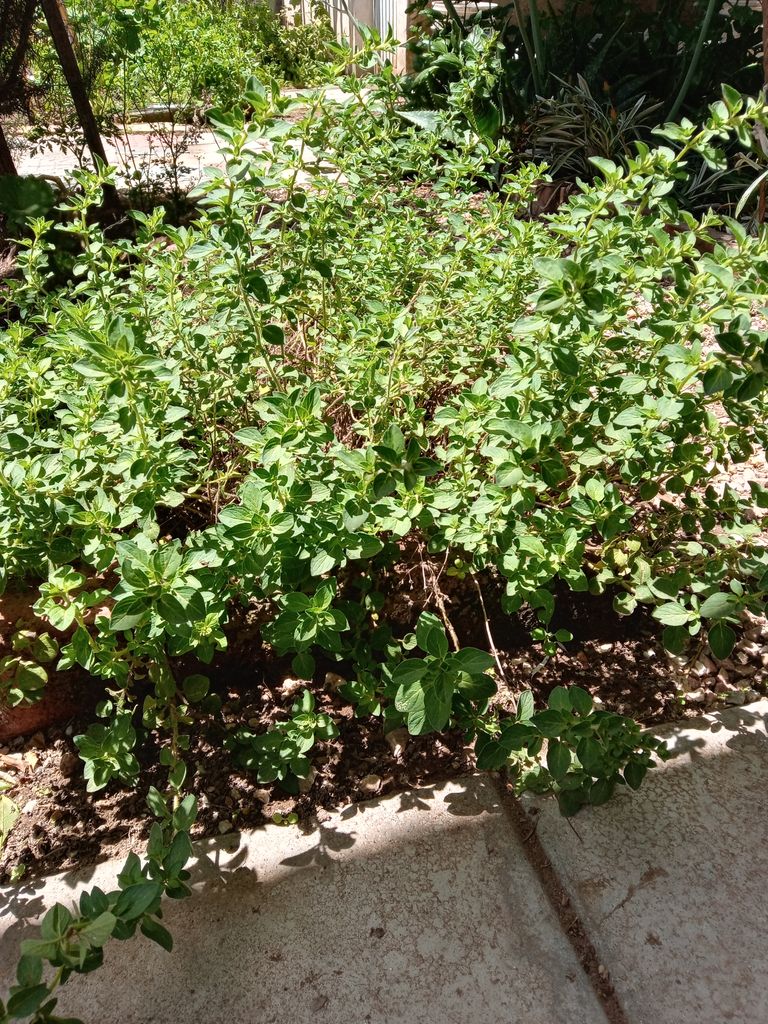 | 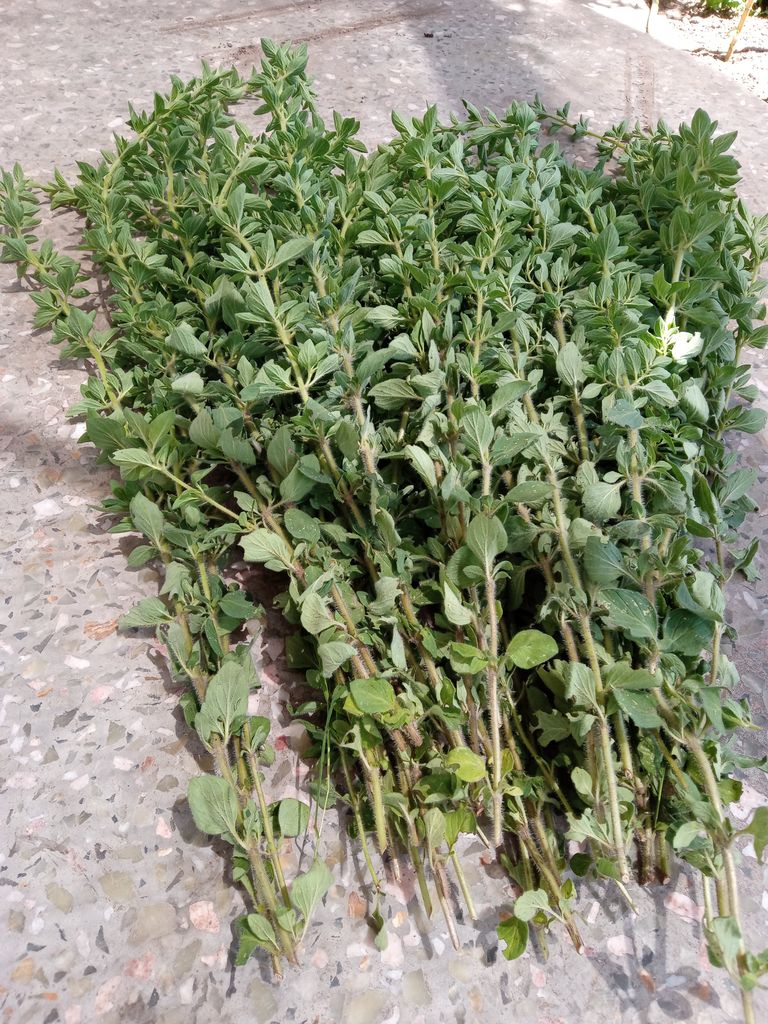 |
|---|
The mint. / La menta.

My experience with the cultivation of mint has light and dark sides.
The good part is that it is an aromatic and medicinal herb that grows without problems and develops even better, which is why it is enough to transplant a small root for it to start developing without problems.
The most problematic part is that, unlike oregano, it is quite sensitive to certain pests such as garden snails, ants, etc., which attack its leaves and gradually destroy them.
You have to be very careful to combat these pests because aromatic plants cannot be sprayed with any agrochemicals because they are harmful to health.
On the other hand, my garden is surrounded by walls, the air does not flow easily and during the summer the heat is very strong.
In other conditions mint will undoubtedly grow much better.
Mint is one of the aromatic plants with the most properties, known since the time of the Ancient Egyptians, the Pharaohs and later the Roman Empire.
The Egyptians used it for therapeutic purposes (scrolls have been discovered with geroglyphics that speak of the cures carried out by the official court physician of the Pharaoh Ramses II, passed down to posterity simply as Ramses, using mint among other herbs).
The Romans, on the other hand, used it extensively as a gastronomic ingredient. There is even a legend that tells how mint leaves, because of their refreshing character, were used to quench Jesus' thirst when he fled to Egypt.
The Greeks could not make less of their mythology, so much this vegetable for Persephone, who was jealous of it.
The truth is that, apart from making infusions and herbal teas, it is also used for everyday purposes such as keeping insects away and spreading a pleasant smell in rooms.
In addition to its culinary use, mint is also frequently used as a natural remedy for its beneficial properties.
For example, mint tea is an excellent digestive and is useful against gastritis and painful spasms, for people suffering from dizziness, as a diuretic, to refresh the skin, as an energiser, to combat intestinal spasms and general invigorating baths among many other uses.

Mi experiencia con el cultivo de la menta tiene claros y oscuros.
La parte buena es que se trata de una hierba aromática y medicinal que crece sin problemas y se desarrolla mejor aún, razón por la cuál es suficiente trasplantar una pequeña raíz para que comience a desarrollarse sin problemas.
La parte más problemática es que, a diferencia del orégano, es bastante sensible a determinadas plagas como los caracoles de jardín, las hormigas, etc que atacan prevalentemente a sus hojas y de a poco las destruyen.
Hay que estar bastante atentos a combatir estas plagas porque las plantas aromáticas no se pueden fumigar con ningún tipo de producto: agroquímico porque es nocivo para la salud.
Por otro lado mi jardín está circundado por muros, el aire no corre fácilmente y durante el verano el calor se hace sentir bastante.
En otras condiciones sin lugar a dudas la menta crecerá mucho mejor.
La menta es una de las plantas aromáticas que más propiedades tiene, conocidas ya desde la época del Antiguo Egipro de los faraones y luego del Impero Romano.
Los egipcios la usaban con fines terapéuticos (se han descubierto pergaminos con geroglíficos que hablan de las curas efectuadas por la médica oficial de la corte del faraón Ramses II pasado a la posteridad simplemente como Ramsés usando la menta entre otras hierbas).
Los romanos en cambio la usaban mucho como ingrediente gastronómico. Hay incluso una leyenda que habla de como las hojas de menta, por su carácter refrescante, sfueron usadas para calmar la sed de Jesús cuando huyó a Egipto.
Los griegos no podían hacer menos de su mitología, tan este vegetal por Perséfone, que estaba celosa de ella.
Lo cierto es que, a parte de hacer infusos y tisanas, también sirve para usos cotidianos como alejar insectos y difundir un olor agradable en las habitaciones.
Además de su uso gastronómico, la menta también es utilizada frecuentemente como remedio natural por sus propiedades beneficiosas.
Por ejemplo el té de menta es un excelente digestivo y es útil contra la gastritis y los espasmos dolorosos, para las personas que sufren de mareos, como diurético, para refrescar la piel, como energizante, para combatir los espasmos intestinales y baños tonificantes en general entre muchos otros usos.
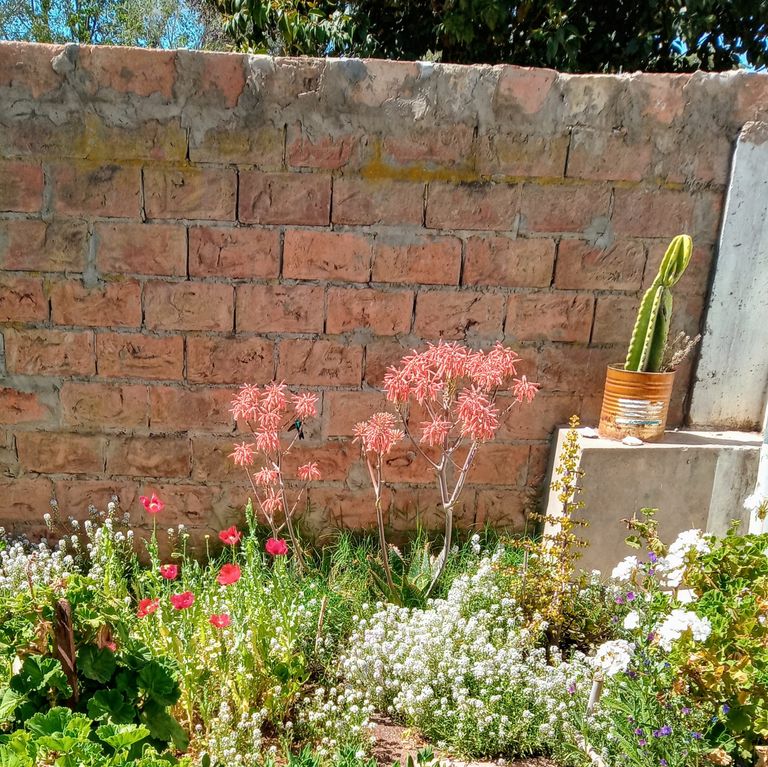 |  |
|---|

Other products from my garden and orchard including this beautiful orange plant with its spectacular fruit of unparalleled sweetness.

Otros productos de mi jardín y mi huerta incluída esta hermosa planta de naranjas con sus espectaculares frutos, de una dulzura sin igual.
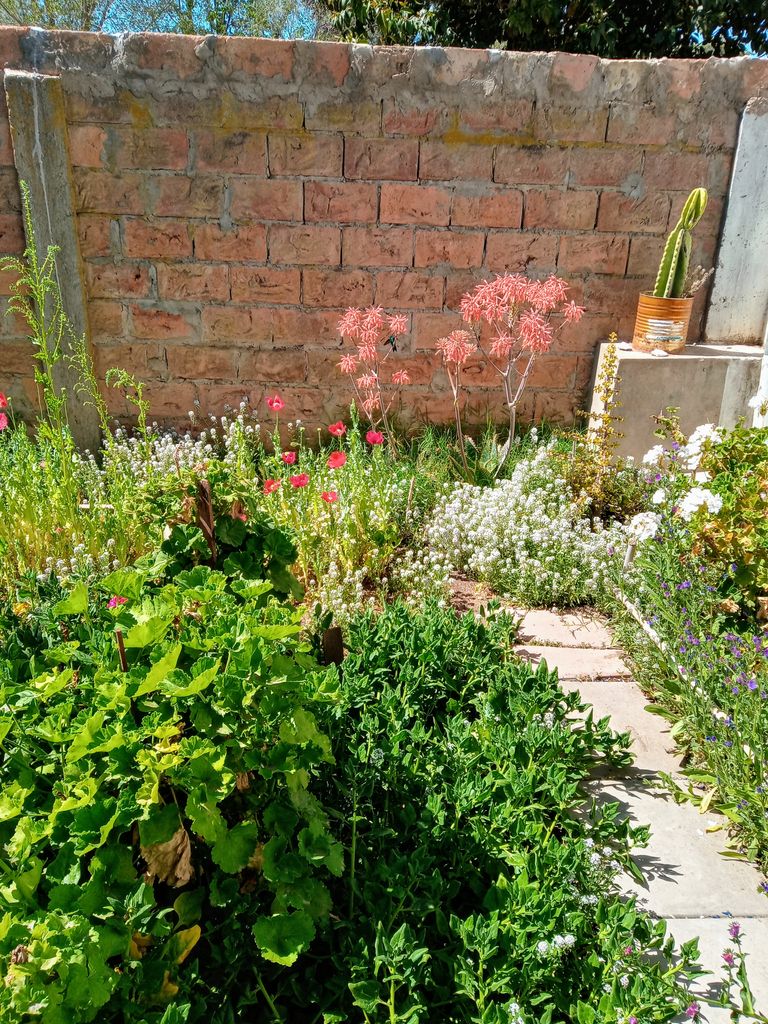 | 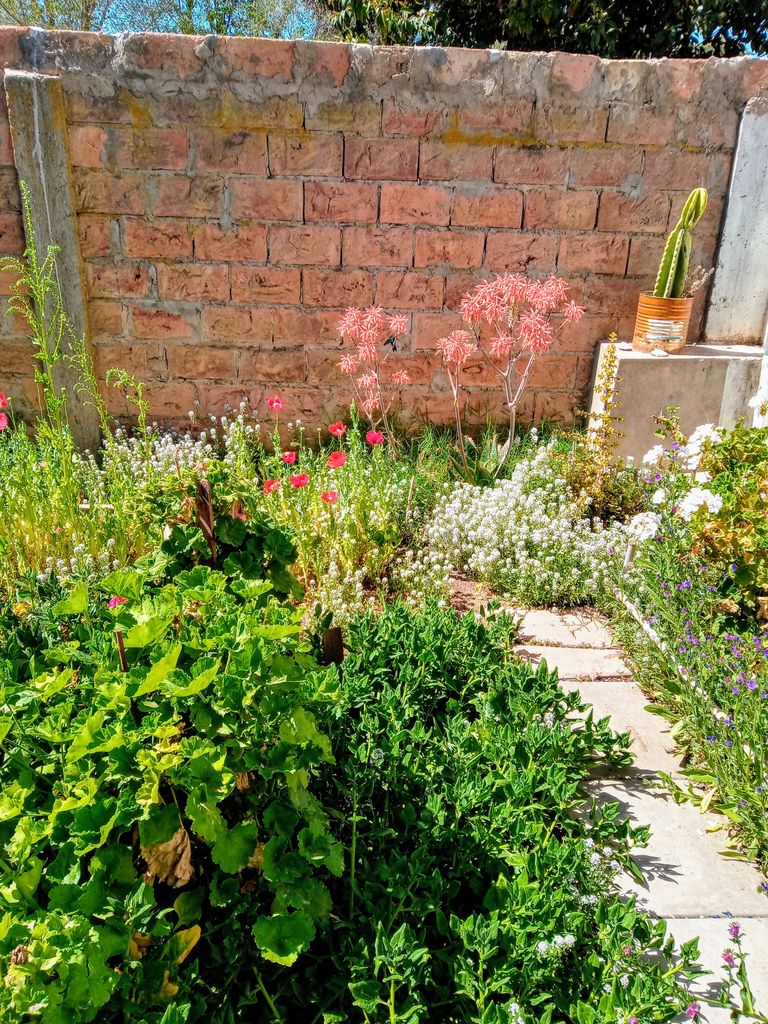 |
|---|---|
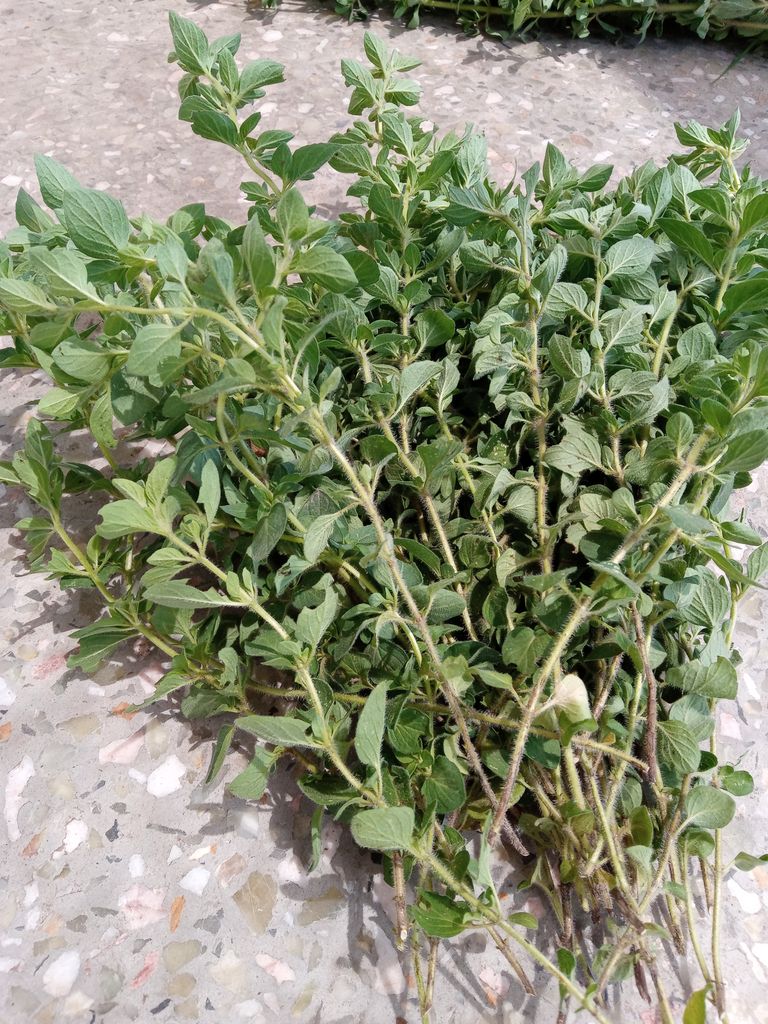 | 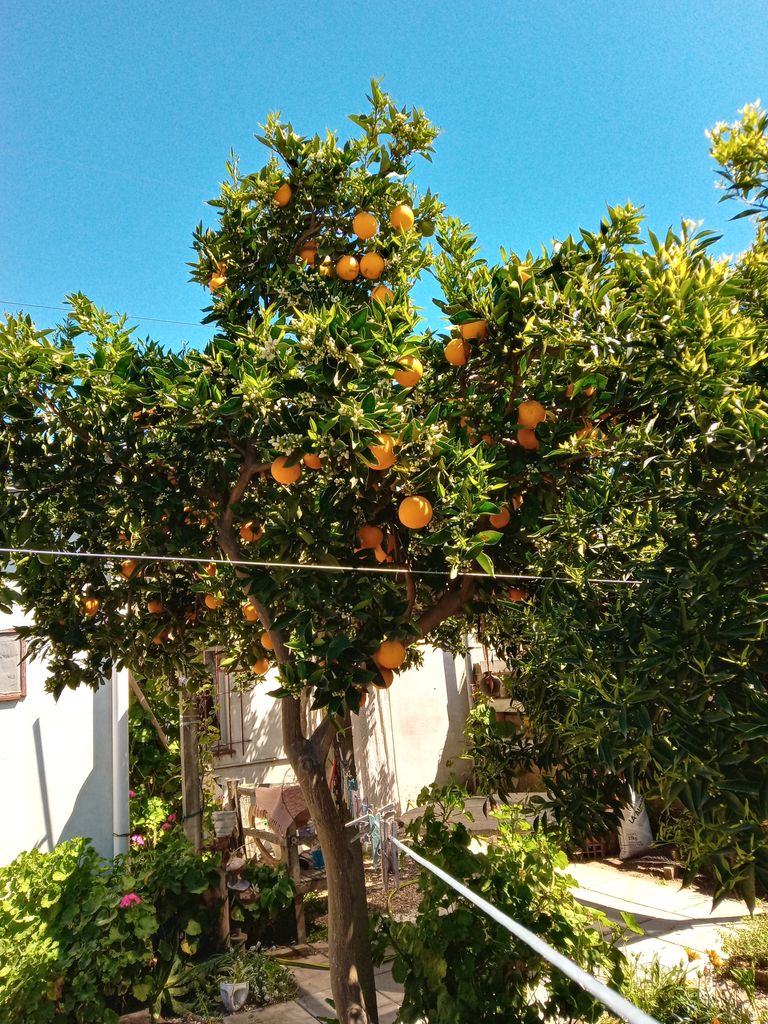 |
| Camera. | Nikon Coolpix P950. |
|---|---|
| Effective pixels | 16.0 million (Image processing may reduce the number of effective pixels.) |
| f/-number | f/2.8-6.5 |
| Focal length | 4.3-357 mm (angle of view equivalent to that of 24-2000 mm lens in 35mm [135] format) |
| Image sensor | 1/2.3-in. type CMOS; approx. 16.79 million total pixels |
| ISO sensitivity (Standard output sensitivity): | ISO 100-1600 |
| Lens | NIKKOR lens with 83x optical zoom |
| Monitor | 8.1 cm (3.2") |
| Still images | 6 M [2816x2112] |
| Location | Vado Ligure, Savona -Italy- |
| Category | Nature |
| Date | July 2018 |
| Blogs, Sitios Web y Redes Sociales / Blogs, Webs & Social Networks | Plataformas de Contenidos/ Contents Platforms |
|---|---|
| Mi Blog / My Blog | Los Apuntes de Tux |
| Mi Blog / My Blog | El Mundo de Ubuntu |
| Mi Blog / My Blog | Nel Regno di Linux |
| Mi Blog / My Blog | Linuxlandit & The Conqueror Worm |
| Mi Blog / My Blog | Pianeta Ubuntu |
| Mi Blog / My Blog | Re Ubuntu |
| Mi Blog / My Blog | Nel Regno di Ubuntu |
| Red Social Twitter / Twitter Social Network | @hugorep |

| Blurt Official | Blurt.one | BeBlurt | Blurt Buzz |
|---|---|---|---|
 |  |  |  |
 |  |  |  |
|---|

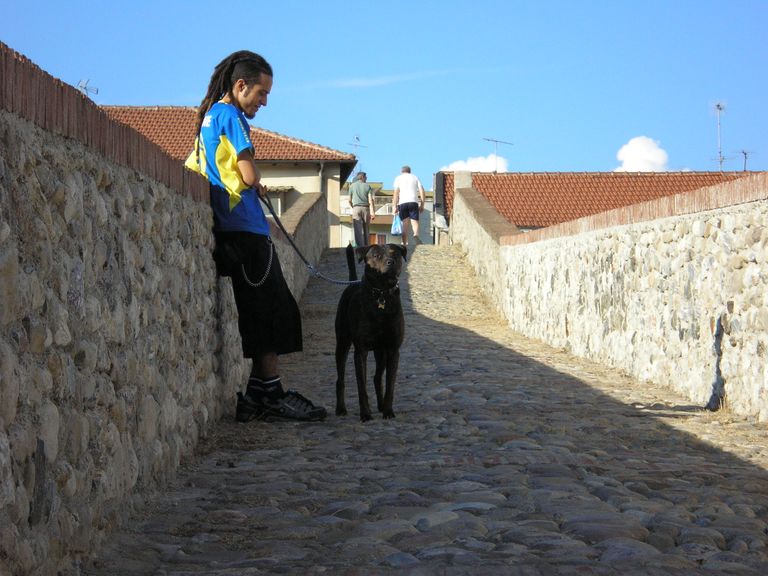
Upvoted. Thank You for sending some of your rewards to @null. Get more BLURT:
@ mariuszkarowski/how-to-get-automatic-upvote-from-my-accounts@ blurtbooster/blurt-booster-introduction-rules-and-guidelines-1699999662965@ nalexadre/blurt-nexus-creating-an-affiliate-account-1700008765859@ kryptodenno - win BLURT POWER delegationNote: This bot will not vote on AI-generated content
Thanks!!